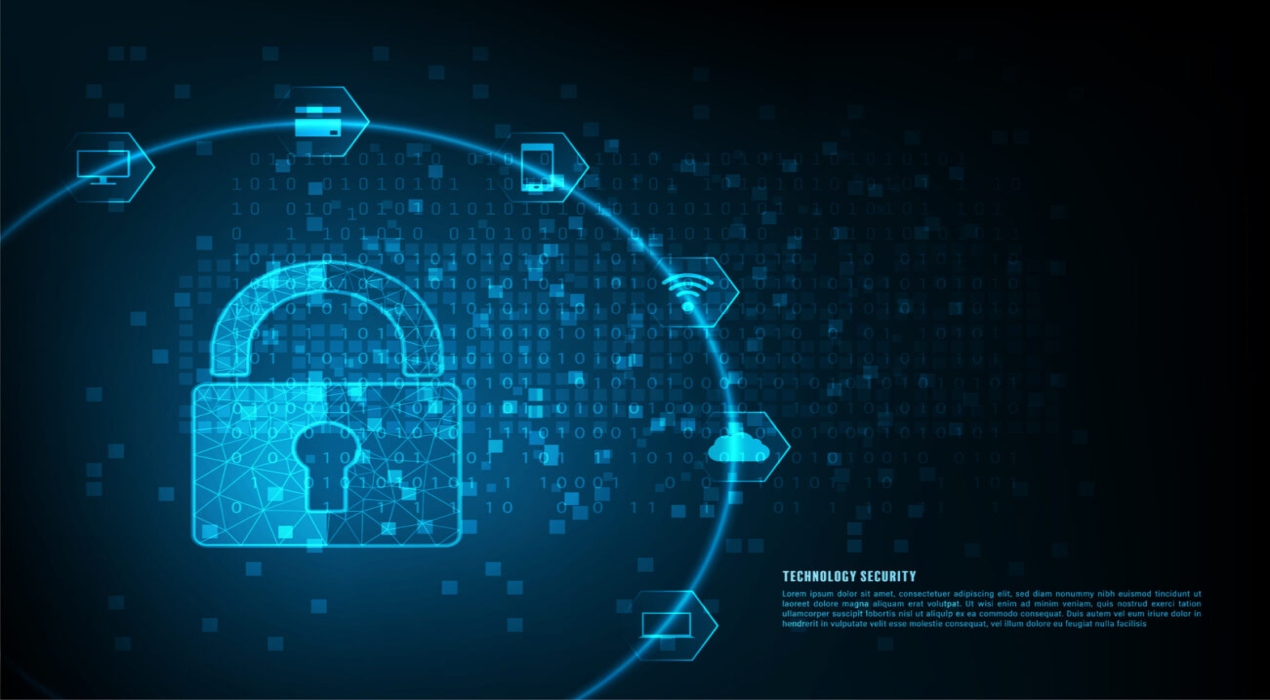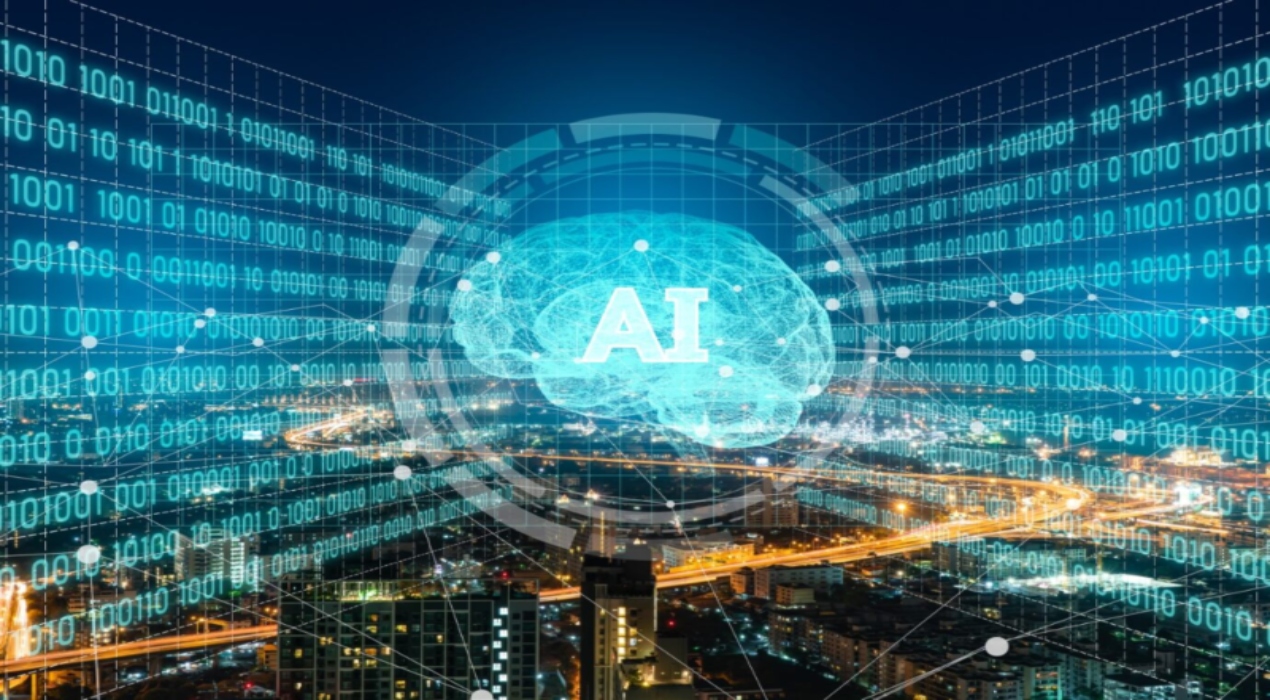
Given
technological advancements and the rapid proliferation of Internet of Things
(IoT), our world is increasingly interconnected. Governments and businesses
across the globe also seek to leverage technology to improve their products and
services to citizens and customers. While digital technologies present new
opportunities and transform the way we live and work, the digital disruption
also brings out new challenges, particularly in cybersecurity.
Recently,
OpenGov had the privilege to speak to Mr Stephan Neumeier, Managing Director
of Kaspersky Lab Asia Pacific, on the fast-changing cybersecurity
landscape in the Asia Pacific region and how organisations can better prepare
themselves to deal with cybersecurity threats.
When asked
to comment on how the cybersecurity landscape has evolved and some of the
emerging trends, Mr Neumeier shared some of his observations that 2017 has seen
“the most intensive of cybersecurity incidents”.
“Unfortunately,
most of what our researchers at Kaspersky Lab has projected to happen were
brought to fruition — espionage has gone mobile, APTs attacked enterprise
networks, financial attacks continued, a new wave of ransomware attacks came
about, critical ICS processes were disrupted, poorly secured IoT devices were
targeted, and even information warfare figured last year,” he said.
This year,
he saw a continuation of these attacks and much more as the themes and trends
build on each other, year after year, expanding further the threat landscape
where individuals, businesses and governments are relentlessly pursued and attacked.
Cybersecurity
challenges in Asia Pacific
As
different markets may face different challenges, depending on the region’s
capabilities to tackle and mitigate cybersecurity threats. OpenGov asked Mr
Neumeier his views on whether the Asia Pacific region face similar or unique
challenges compare to the rest of the world.
According
to him, the Asia Pacific market is very different and unique from other regions
globally, especially from a cultural perspective.
“It is a
very young region with a very significant number of millennials growing up. Not
to mention that it consists of the two most populated countries in the world,
China and India. As internet is becoming a major part of our lives, these young
generations require access to fast internet. To cater to these need, massive
investments are being made by respective countries in the APAC to
infrastructure to improve internet speed, making sure that their country are
not left behind and to keep up with the growth of the technology space,” he
said.
“With
that, in the last few years, infrastructures within the APAC countries are
beginning to have almost similar qualities as countries in Europe such as
Switzerland and Germany. However, from a cybersecurity perspective, the
awareness and understanding are not in the same level as those in these matured
countries and this is a huge challenge for the APAC region. This is why, in
this market, we should focus more in education and awareness of cybersecurity.”
On the
level of cybersecurity awareness in the region, Mr Neumeier pointed out that
although the region has a large number of active users of the Internet, there
still appears to be a low awareness of cybersecurity among Internet users in
this region.
Unfortunately,
this low level of cybersecurity awareness combined with high Internet usage
means that the Internet users in the region have been the prime targets of
cyber threat attacks such as when the Naikon APT targeted top-level government
agencies and civil military organisations or when the Wannacry and Petya
ransomware outbreak began or when the Mirai malware unleashed DDoS attacks.
“Additionally,
bring your own device (BYOD) is the big trend affecting how businesses operate
online, with 72% of companies expecting to use the concept extensively in the
near future, according to a survey by B2B International on behalf of Kaspersky
Lab. It’s inevitable that in any company, small or large, many employees will
use personal devices to connect to the corporate network and access
confidential data. That’s why companies need to implement policies that
safeguard both corporate and personal mobile devices,” he said.
“As a
society, we need to find ways to raise awareness of the risks associated with
online activity and develop effective methods to minimize these risks. There’s
technology at the core of any solution to tackle cybersecurity. But it is most
important to incorporate the human dimension of security, so we can effectively
mitigate the risk,” he added.
“All it
takes is a single person to bring it all down”
On the
biggest cybersecurity threats organisations face today, Mr Neumeier highlighted
the human factor in IT security, naming it “most common security
vulnerability”.
He cited
a recent global study conducted by Kaspersky Lab on cybersecurity
awareness involving about 5,000 businesses, which showed that organisations are
at a very real threat from within. According to this study, careless or
uninformed employees account for about 52% as the top cause of data leakage in
organisations worldwide.
“Taking a
closer look at this study, it reveals that despite the rapid proliferation of
destructive and more complex malware or Trojans, organisations should be more
concerned about their most important asset – their people,” he said.
“You can
have the best technical means and the most thought-out security policy but it
is never enough to protect your organisation from cyberthreats. All it takes is
a single person to bring it all down,” he added.
However,
he also pointed out that in most case, it is unintentional because that one
employee is unaware of threats and doesn’t have the basic cybersecurity
knowledge. According to the cited study, an approximate 65% of
organisations now already invest in employee cybersecurity training to close
this loophole.
Data
breaches affect both large and small organisations, with average losses from
data breaches currently passing the $1 million mark, a significant jump over
the past two years.
“For
enterprises, the average cost of one incident from March 2017 to February 2018
has reached $1.23 million, which is 24% higher from 2016-2017. For the SMBs,
it’s an average of $120,000 per cyber incident, which only costs $32,000 more
than a year ago,” he shared.
Mr
Neumeier iterated that whether it is a massive cybersecurity incident or
small-scale one, about 80% of them point to having been caused by human error.
“More than
ever, cybersecurity awareness and education are now critical requirements for
organisations of any size that is faced with the prospect of falling prey to
cybercriminals. At this point, there is a definitive need for organisations
regardless of size for solutions that provide centralized security management
of networks combined with training that zeroes in on the ‘how’ part of the
equation.”
Importance
of an effective cybersecurity strategy
Organisations
need to develop an effective and all-round cybersecurity strategy to protect
its assets and interests. Mr Neumeier recommended a cyclical approach of
continuous monitoring and analytics in building an effective cybersecurity
strategy.
“Twenty
years in the industry has taught us that what makes the most sense for
enterprise IT infrastructure to have true cybersecurity is to put in place a
cyclical adaptive security framework. This would have to be a flexible,
proactive multi-layered protection infrastructure which dynamically adapts and
responds to the ever-changing threat landscape,” he said.
According
to him, Kaspersky Lab’s security architecture is based on a cycle of
activities, comprised of four key segments namely Prevent, Detect, Respond, and
Predict.
He
continued to explain, “At the core of Kaspersky Lab’s True Cybersecurity
is HuMachine Intelligence, a seamless fusion of Big Data-based Threat
Intelligence, Machine Learning and Human Expertise. We have designed it so
because we believe we’re in a never-ending arms race — IT threats are dramatically
evolving day in and day out and here we are totally focused on following the
trail of hackers and further refining our solutions so we stay ahead of them.
It’s a continuous process.”
Key
components of cybersecurity resilience
On how
threat intelligence and endpoint detection can protect organisations and boost
organisations’ ability to respond to threats, Mr Neumeier stated that targeted
attacks have become one of the fastest growing threats in 2017.
“It used
to be that organisations employ endpoint protection platforms (EPP) to control
known threats such as traditional malware or unknown viruses which might use a
new form of malware directed at endpoints. However, cybercrime techniques have
significantly evolved such that attack processes have become aggressive and
expansive in recent years,” said Mr Neumeier.
It is
alarming that the specifics of the targeted attacks that cybercriminals use,
and the technological limitations of traditional endpoint protection products
mean that a conventional cybersecurity approach is no longer sufficient.
The cost
of incidents associated with simple threats is negligible at US$10,000 compared
with an advanced persistent threat (APT) attack which would set an organisation
for about US$926,000.
“To
withstand targeted attacks and APT-level threats on endpoints, organisations
need to consider EPP with endpoint detection and response (EDR)
functionalities,” the expert said.
“EDR is a
cybersecurity technology that addresses the need for real-time monitoring, focusing
heavily on security analytics and incident response on corporate endpoints. It
delivers true end-to-end visibility into the activity of every endpoint in the
corporate infrastructure, managed from a single console, together with valuable
security intelligence for use by an IT security expert in further investigation
and response,” he explained.
According
to Mr Neumeier, an organisation needs an EDR if it is looking at a proactive
detection of new or unknown threats, previously unidentified infections
penetrating it directly through endpoints and servers. This is achieved by
analysing events in the grey zone, home of those objects or processes included
in neither the “trusted” nor the “definitely malicious” zone.
Depending
on each organisation’s maturity and experience in the field of security, and
the availability of necessary resources, some businesses will find it most
effective to use their own expertise for endpoint security but will take
advantage of outsourced resources for more complex aspects.
Meanwhile,
they can build up in-house expertise with skills training, through access to a
threat intelligence portal and APT intelligence reporting, and using threat
data feeds. Or — particularly attractive for overwhelmed or understaffed
security departments — they can adopt third-party professional services from
the outset.
Kaspersky
Lab’s approach to endpoint protection includes the following components:
Kaspersky Endpoint Security, Kaspersky Endpoint Detection and Response, and
Kaspersky Cybersecurity Services.
For
organisations unable, for reasons of regulatory compliance, to release or
transfer any corporate data outside their environment, or that require complete
infrastructure isolation, Kaspersky Private Security Network provides most of
the benefits of global cloud-based threat intelligence as provided by Kaspersky
Security Network (KSN,) without any data ever leaving the controlled perimeter.
To
counteract advanced threats and targeted attacks, businesses need automated
tools and services designed to complement each other and help security teams
prevent most attacks, detect unique new threats rapidly, handle live attacks,
respond to attacks in a timely manner, and predict future threats.
On
prevention as a key line of defence, Mr Neumeier gave the following suggestions
on measured that organisations can take to prevent cybersecurity incidents:
“We cannot
emphasise it enough – that preventing cybersecurity incidents from happening or
damaging our organisation’s finances or reputation, starts with raising
awareness and education.”
In this,
he urged organisations to strengthen the weakest links, toughen the target
systems and assets, and improve the effectiveness of current solutions to keep
up with the modern threats.
At the
same time, Mr Neumeier emphasised the importance for organisations to be well
equipped with threat intelligence.
“This is
moving from a reactive security model to a proactive security model based on
risk management, continuous monitoring, more informed incident response and
threat hunting capabilities,” he said.
“As we say
at Kaspersky Lab, prediction is doing more to guard against future
threats. Having access to cybersecurity experts that will keep organisations
updated on the constantly-changing global threat landscape and will help them
test their systems and existing defenses is a vital element to help them adapt
and keep pace with emerging security challenges”.
Tips on how
to keep up with the fast-changing cybersecurity landscape
As we face
increasing cybersecurity challenges, what can organisations and individuals do
to protect themselves?
For
organisations, Mr Neumeier spoke on the importance of having cybersecurity trainings
and adopting a cyclical approach to cybersecurity strategy.
“Based on
how we conduct our cybersecurity trainings, here are two quick tips: One, avoid
abstract information and focus on certain practical skills. Second, instruct
different groups of employees differently,” he shared.
“Educating
the staff on the motivations of security policies, the importance of working
safely and how to contribute to the security of their organisations can help
mitigate the risk of security incidents and safeguard what is truly important –
their data.”
He also
underscored the importance of having a new mindset in the face of new threats.
Here are some of the best practices he shared on how individuals can to be
risk-ready in the world of advanced attacks and epidemic outbreaks:
1. Remember the weakest link. Be aware and
knowledgeable about cybersecurity.
2. Invest in technology. Shift your focus towards a
proactive protection approach that goes beyond prevention; should be
adaptive, advanced, predictive and involve human expertise
3. Back up
4. Encrypt
5. Secure your network with a strong password.
“There
exists today a great deal of highly-motivated cybercriminals who will try to
find all points of vulnerability in an Internet user or within an organisation
just to get what they want. Most of the time, the road to remediation and
recovery is complicated and expensive, whether the victim is an individual or
an institution,” he concluded.





















